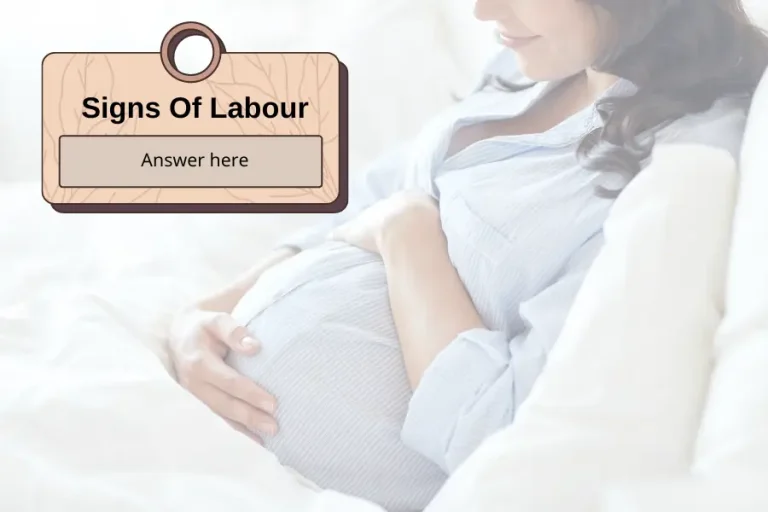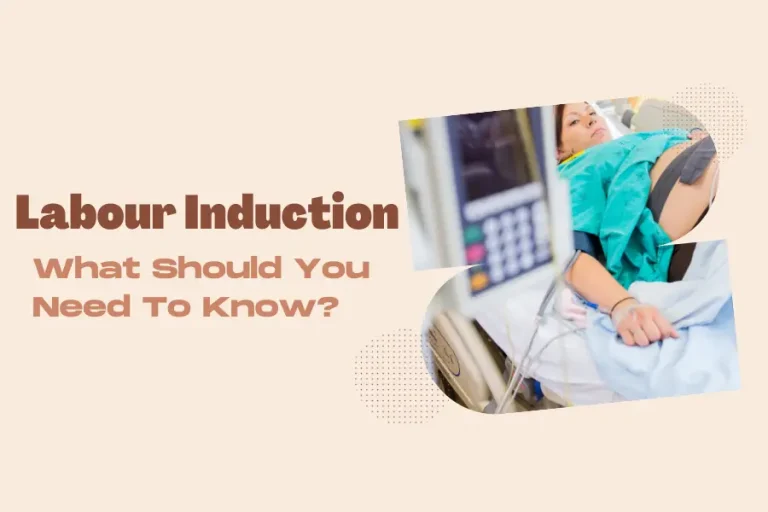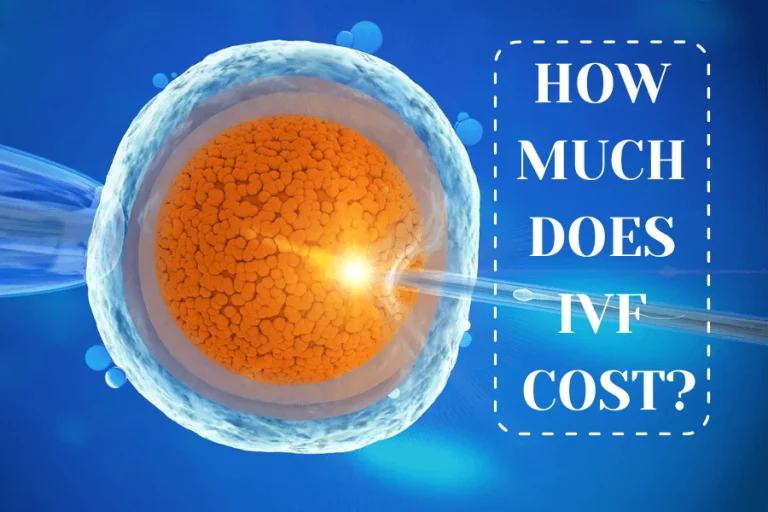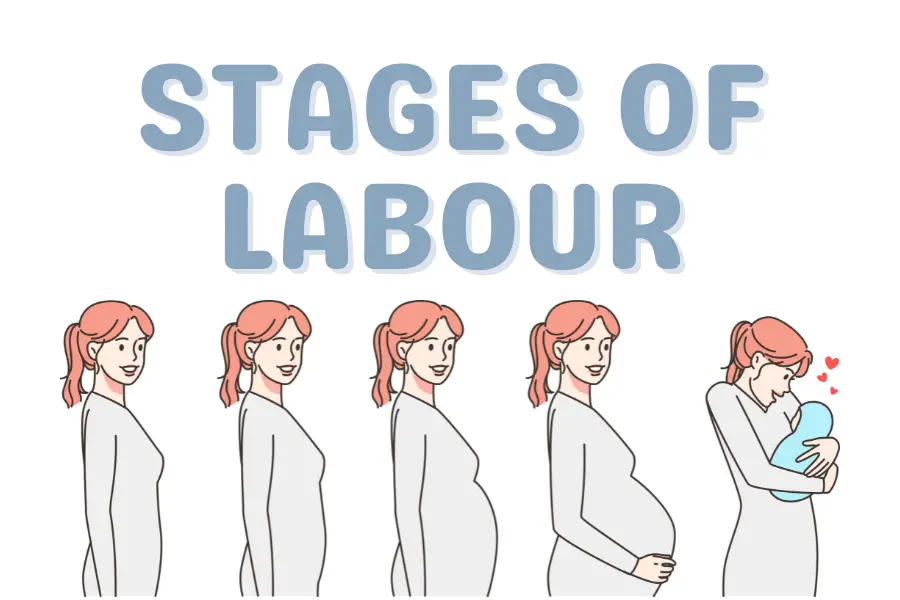
The day that mothers are going to the labour is that the birthday of their baby. It is one of the importatnt milestones of the mother’s life as well as the most remarkable day of your baby because after 9 months, they finally see the world outside mother’s bump. Do mothers know what they will experience on the day you bring a child into this world? In this article, we will tell you what will be going on the day you bring a small life into this world.
The First Stage Of Labour: Established Labour
The first stage could be the longest stage and persist between 12 and 19 hours1. With the subsequent deliveries, women may go through this stage faster. This stage is divided into two periods: one is early labour and active labour.
Early Labour

Early labor persists between 6 and 12 hours; with first pregnancy, the early labour may last hours until days. And this period is shorter for next deliveries. Though latent labour usually occurs at home, mothers need to prepare to go to the hospital anytime. There are some signs when mothers are in early labour:
- Contractions happen 5 to 20 minutes intervals2. They last about a minute each. If contractions are just five minutes apart and last one hour or more, mothers need to meet the doctor to be ready to give birth.
- Mothers see a clear, slight pink or bloody discharge from the vagina. And mothers should be careful of heavy bleeding.
- The cervix opens to around 4 to 6 centimeters.
Sometimes, mothers get contractions, it does not mean mothers go into labor. It is probably “false labour” or known as Braxton Hick contractions.
Mothers may feel uneven contractions in many hours or even in several days before they officially labour. Contractions in this period will rise gradually from discomfort to pain. And it does not have how many contractions mothers get exactly and how long they persist.
Before labour starts, mothers should eat and drink to have energy for the next stage. If the labour starts in the daylight, mothers should stay upright and move slightly. This will help the cervix open and the baby turn down into the pelvis. If the labour begins at night, pregnant women try to sleep if they have a chance and be relaxed. To ease the pain during this stage of labour, mothers should:
- Change positions
- Do some breathing exercises
- Listen to relaxing music
- Take a warm bath or shower
- Massage
- Use breathing or relaxation techniques
Active Labour

Active labour is when the cervix dilates from 6 to 10 centimeters and usually lasts from 4 to 8 hours. The cervix will open at around 1 centimeter per hour. The contractions will be stronger, closer and even intervals. Mothers might be cramping in their legs and feel like vomiting. Moreover, they will feel the heavy pressure in the back and breaking of water even if it has not happened yet. At that time, mothers should go to the hospital to deliver a baby in the next stage.
During this stage, the discomfort will increase; so if mothers are in pain, let them ask for anesthesia to drink. If you do not want to use any kind of relief medication or use more than usual, mothers discuss with the pregnant team to make the best selection for mothers as well as babies.
In this active labour stage, mothers may suffer other discomfort such as
- Contractions are stronger and more even, approximately 3 minutes apart.
- Feel the baby start moving into the birth canal.
- Cramping, pain or pressure in the legs or lower back and want to push.
- Water could break in active labor (the amniotic sac around your baby leaks)
During the first stage of labour, the doctor or midwife will monitor the baby to ensure that both mothers and babies are still fine. If mothers and babies do not have strange signs of labour to be observed closely, mothers should take a walk to make you feel more comfortable. Meanwhile, the care provider will use a fetal heartbeat stethoscope to listen to the heartbeat of the baby every 15 minutes.
In contrast, if pregnancy care providers are concerned about mothers and babies or an epidural, they will recommend using electronic monitoring. Electronic monitoring has 2 pads to stick to the mother’s bump. One is to follow the contractions of the mother and the other is used to follow the heartbeat of the baby. These pads are connected to a monitor that demonstrates the heartbeat of the baby in the bump and the contractions. Sometimes, the midwife uses a foetal scalp electrode and attaches it to the head of the baby. This heart monitor can bring a more correct measurement of the heartbeat of a baby.
You can ask to be monitored electronically even if there are no concerns. Having electronic monitoring can sometimes restrict how much you can move around. Your midwife can discuss this with you.
In some cases, labour probably is slower than expected. The reason why it is slower is because contractions are not strong and regular enough or the baby is in a hard position. Therefore, to speed up labour, care providers will do labour induction.
The Second Of Labour: Pushing

The second stage can take between minutes to hours or more to push your baby out. First-time mothers or mothers who have an epidural usually take longer and last no more than 3 hours on average. With the next pregnancies, it could take no longer than 2 hours to give birth successfully.
The second stage can take between minutes to hours or more to push your baby out. First-time mothers or mothers who have an epidural usually take longer and last no more than 3 hours on average. With the next pregnancies, it could take no longer than 2 hours to give birth successfully.
Finding A Comfortable Position To Give Birth
During pushing, mothers have to try many positions such as sit, lie on your side, stand, kneel, or squat to find the most comfortable position to push the baby to the world.
If mothers suffer severe backache while in labour, kneeling on all fours is better. Mother should try all positions before you go into labour. And if mothers need any help, they ask for the partner to help.
Pushing The Baby To The Outside
When the cervix reaches 10 centimeters, the baby will move further down the birth canal towards the entrance to the mother’s vagina. When mothers want to push, it may feel like mothers want to poop. And if mothers have an epidural, they may not feel to push.
During contractions, the mother can push if the mother wants. Perhaps mothers who have had an epidural, you may not feel an urge to push at all.
Sometimes, the doctor will tell you to push more slightly or stop pushing. Pushing slows down which helps the vaginal stretch rather than tear. Also, mothers could require to feel the baby’s head between their legs or see it in a mirror to keep motivated.
After The Baby Comes

When the head of the baby is nearly out, the doctor will tell mother to stop pushing, breath shortly, and blow through your mouth.
This action lets the baby come out slowly and gently. In addition, it helps the skin and muscles between the vagina and anus (the perineum) to stretch. The doctor may conduct an episiotomy to prevent tearing or accelerating delivery.
Before cutting, the doctor will give a local anaesthetic injection to anaesthetize that area. When the baby comes out, an episiotomy and other large tears will be stitched closed.
Once the head of the baby comes out, the rest of the body will be delivered shortly in 1 or 2 contractions. If the mother does not have any complications after the delivery, the doctor will wait several seconds to several minutes to delay clamp cutting the umbilical cord. This action delivers blood from the cord and the placenta to the baby. This stores the baby’s iron and prevents the risk of anemia.
Mother will hold your baby immediately and experience skin-to-skin time together. Baby could breastfeed as soon as the mother could. However, typically, within 1 hour of birth, the baby will feed for the first time.
The Third Of Labour: Placenta Comes Out
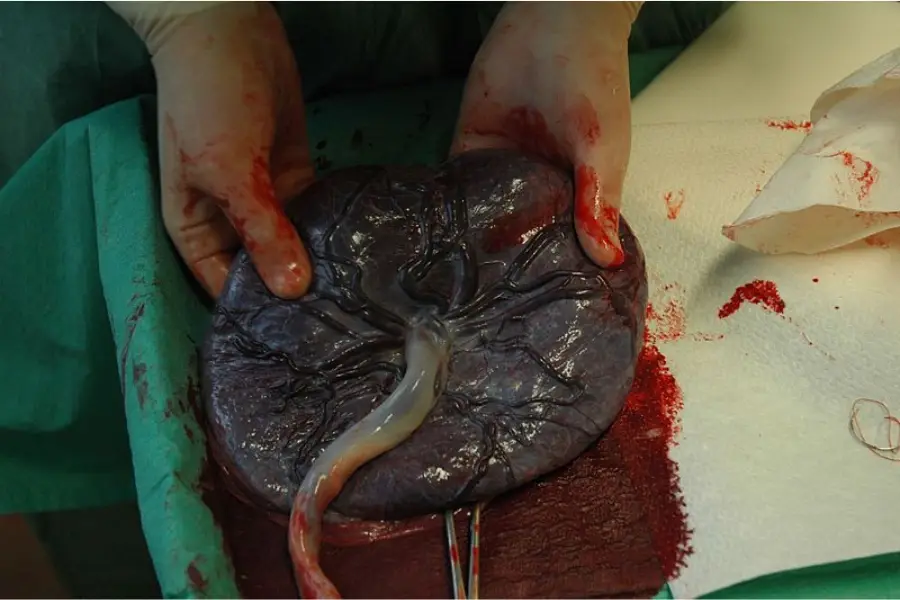
The third stage is converse than the first stage. This stage is the shortest period and lasts no longer than 30 minutes. Afterbirth, the placenta will be out in 2 ways.
- active – mother has treatment to make this stage happen faster
- physiological – mother lets this stage happen naturally
Active management
Mother will be given oxytocin to the thigh while giving birth or soon after birth. This injection could contract the mother’s womb. When the placenta has separated the womb, your midwife pulls the cord through the vagina.
Active management accelerates the separation of the placenta and reduces the risk of heavy bleeding afterbirth (postpartum haemorrhage). However, it could make mothers feel and be sick and suffer worse afterpains (contraction-like pains after birth).
Physiological management
Physiological management does not use oxytocin injection and lets the placenta deliver naturally. Before the cord stops pulsing, blood is still delivering from the placenta to your baby. And this stage takes around 2 to 4 minutes.
The moment when the placenta is out from the mother’s womb, the mother could feel some pressure in the bottom and have to push the placenta out. The placenta stays away from the womb in an hour, but it is just pushed out in a few minutes.
However, if the placenta does not deliver naturally or the mother bleeds seriously, the doctor will transform to active management. Mothers could ask for active management at any time within the third stage.
A Word From Babies Parent
After spending 39-42 weeks of pregnancy, feeling the child in their womb grow, all mothers go through painful but sacred moments to bring a life into this world. Hopefully through the above article, mothers will know what they will have to go through to prepare mentally along with healthily.
Source
- March of Dimes. Stages of Labor (https://www.marchofdimes.org/pregnancy/stages-of-labor.aspx). ↩︎
- National Institutes of Health. Eunice Kennedy Shriver National Institute of Child Health and Human Development. What are the stages of labor? (https://www.nichd.nih.gov/health/topics/labor-delivery/topicinfo/stages) ↩︎

